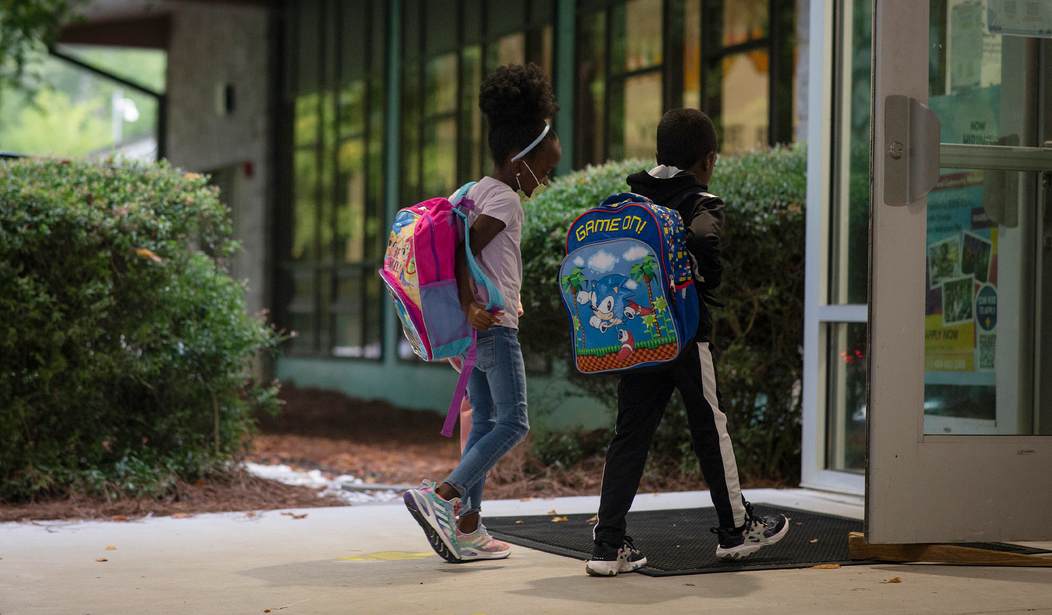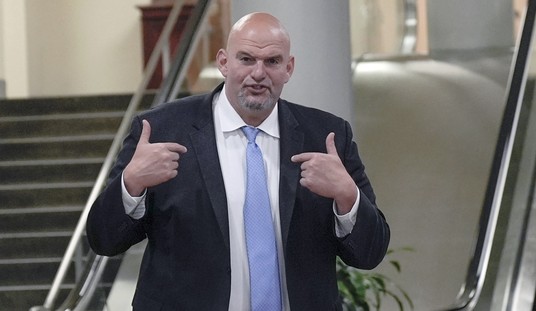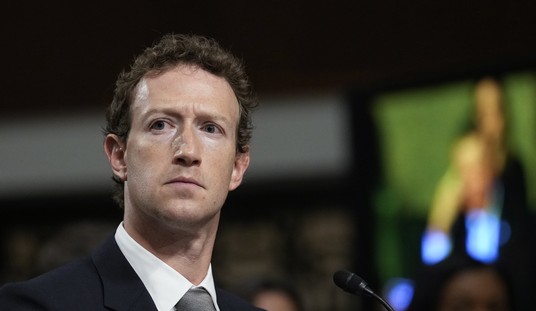Last year, a study released by the U.S. Centers for Disease Control and Prevention found that 40 percent of teenagers reported feeling “sad or hopeless” during the pandemic. This was a time where schools closed their doors, forcing students to finish their classes online and be separated from their classmates. Some states kept students from in-person learning into the fall.
Lockdowns had devastating impacts on America’s youth, including massive learning loss. And, a study published recently found that students misbehaving escalated after lockdowns, according to educators.
A study published late last month by the EdWeek Research Center found that seventy percent of educators, including over 1000 teachers, principals and school district leaders, said that students are misbehaving more than in fall 2019 – right before pandemic lockdowns. One-third of educators specifically said that students are misbehaving “a lot more.”
In December 2021, 66 percent of educators surveyed said that their students were misbehaving “more or a lot more” compared with fall of 2019.
In a January study, 80 percent of educators said since the pandemic students have been less motivated to do their best in school. One-third of all educators said that the students, schools, anand school districts were unmotivated. Sixty-eight percent of educators said their students’ morale was lower than before the pandemic.
Recommended
Crystal Thorpe, the principal of Fishers Junior High School in Indiana, told The Hill that last year was the worst year for student behavior she’d seen at her school, including fights and other kinds of aggressive behavior. Thorpe gathered all her faculty together last year to come up with a game plan to handle it.
“I think it’s because we just — we paid more attention to it because I think as a staff, we were all exhausted last year, and we were talking about ‘OK, what’s going on? How do we better address this? How do we handle this?’ And I think for this year, we’ve actually got a much better handle on it because we knew that it was a problem last year,” she said.
"It’s no surprise that after forcing kids to learn at home for months on end, they may have forgotten how to behave in a classroom. When kids finally returned to school, administrators began swapping any sort of punitive disciplinary practices for ‘restorative justice’ or ‘healing circles.’ These practices sound nice, and they make administrators sound like kind, caring community builders. In reality, these practices and the administrators that use them are an absolute sham. They create unproductive learning environments and fail to prepare children for life outside of the classroom," Alex Nester, an investigative fellow with Parents Defending Education, told Townhall. "‘Restorative’ practices destroy school infrastructure that instilled students with integrity, urgency, and discipline. But it’s easier for administrators to use ‘restorative’ practices than actually discipline students. And as a result, our classrooms are a mess."
In addition to misbehaving students, the National Assessment of Educational Progress found last year that math and reading scores among 9-year-olds fell across all race and income levels in the past two years, though they were significantly worse among low-ranking students. Those in the 90th percentile showed a 3 percent drop in math scores, while students in the 10th percentile fell 12 points, which Leah covered. Average 9-year-old scores declined the most on record for math (seven points) and in reading since 1990 (five points).
National Center for Education Statistics Commissioner Peggy Carr said that “school shootings, violence, and classroom disruptions are up, as are teacher and staff vacancies, absenteeism, cyberbullying, and students’ use of mental health services,” in response to the numbers. She did not acknowledge how students not attending school at all contributed to the learning loss.

























